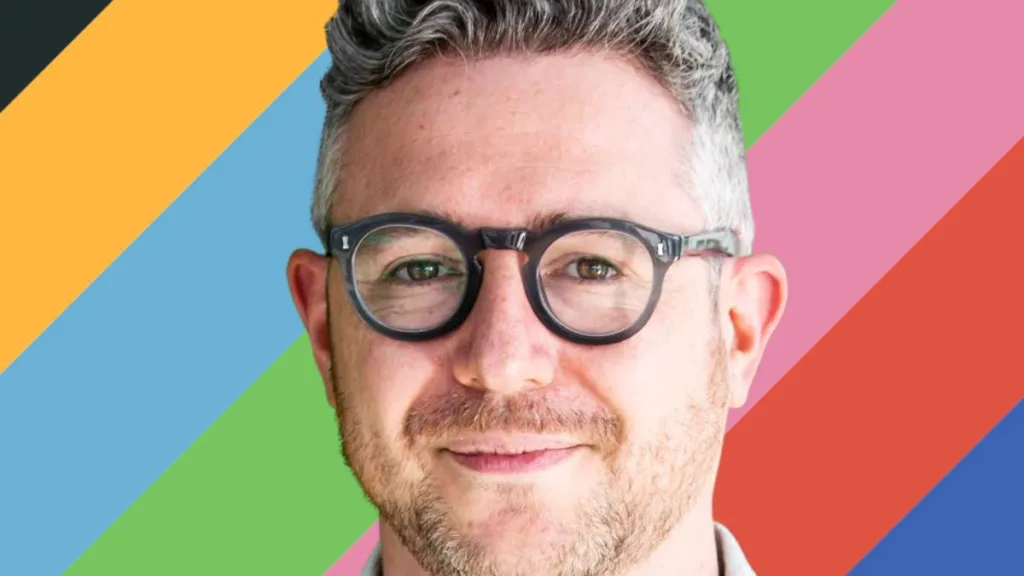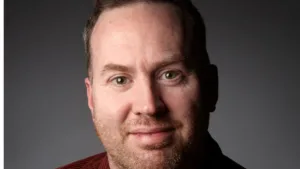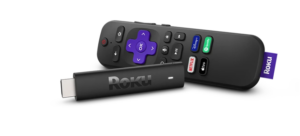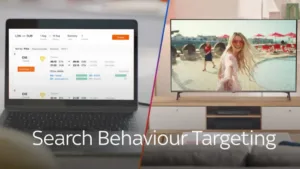Adam Harris is the founder of TV 3.0 startup Gaggl. In his +20 years in global media, he held roles at companies including Twitch, Time Out and Metro International.
Who is your digital hero?
Emmet Shear, the founder and former CEO of Twitch, where I worked as the Global Head of the Twitch Brand Partnership Studio for 7.5 years.
What has he done to win hero status in your eyes?
Twitch began life as Justin TV in 2006 when Emmet and 3 friends attempted to bring the reality TV trend to the internet by live streaming Co-Founder Justin Kan’s life 24/7. They quickly realised that the concept wasn’t practical given the technology at the time.
However, JustinTV had been built to a standard that allowed anyone to stream themselves, and live video streams for the masses were born. In 2008, the site was renamed Twitch, a gaming term which nodded to the fact that gamers, who are technological early adopters and were underserved by traditional media, found a home on Twitch where they could stream, watch, and interact live with a community of like-minded people.
Gen Z is emerging as the first fully-digitally native generation, a generation who has only ever known interactive entertainment. Twitch is now TV as this generation wants it. They are attracted by the participatory nature of the content, the same social, real-time experience they get from the likes of Roblox and Fortnite, and the creators/hosts who feel attainable and authentic.
If linear was TV 1.0 and SVOD / AVOD / FAST was TV 2.0, then what Emmett and co created is TV 3.0.
How has his heroism helped drive digital?
With TV globally in significant decline, especially among the youngest cohort, Emmett has shown there is hope for this great industry if the content, formats, and distribution are looked at with fresh eyes. It’s fascinating to me how a company formed in 2006 has become so relevant to the behaviors and expectations of the youngest generation today.
Emmet achieved this by combining three key thriving digital trends: 1) The digital democratization of content creation that has led to the creator economy becoming a $156bn industry in 2024. 2) The appointment-to-view experience of live TV within a digital streaming environment and an industry value of $700bn. 3) The interactive and immersive nature of video games and its $282bn value.
What are the biggest challenges in media we need another hero to solve?
The TV industry has a well-documented and very real youth audience problem. In the last five years, the youth TV audience has fallen by two-thirds in the US and halved in the UK. In the US, over half of the major networks’ primetime viewers are now 65+, with under 35s only 6% of the audience, vs a population share of 45% for under 35s.
Even major ‘youth-oriented’ shows have less than 10% of their audience under 35. Between 2018 and 2023, TV viewers got rapidly older, with the average viewer going from 56 to 62 years old, an increase of 6 years in only 5 years. In the UK, between 2018 and 2022, the average daily minutes that 18-34s spend watching broadcast TV fell from 110 to 57 minutes.
Source: US – Nielsen National Primetime (Live+SD|TV|Linear with VOD). Week of Feb 12, 2018-2023 avg age stats are annual, from one of the major networks. UK – BARB.
What is your most heroic personal achievement so far in digital?
I am the co-founder of a digital TV 3.0 Startup called Gaggl. We are on a self-proclaimed heroic mission to re-imagine TV distribution for a youth audience. We believe in the power of creators as the driving force to achieve this.
Our approach sees content owners take their content to the creator and their audience, transforming viewing into an interactive community experience. Our goal is to help the TV industry tackle declining youth viewership and empower creators with new opportunities to earn a living doing what they love.
In March 2024, we went live with an interactive version of The Price Is Right from 1972, hosted by creators. This 50-year-old content is being consumed for an average of 44 minutes per 16-34 user. While we are just at the beginning of our journey, proving that TV can be a community-led interactive experience in the digital space is a personal achievement in digital that I am really proud of.









